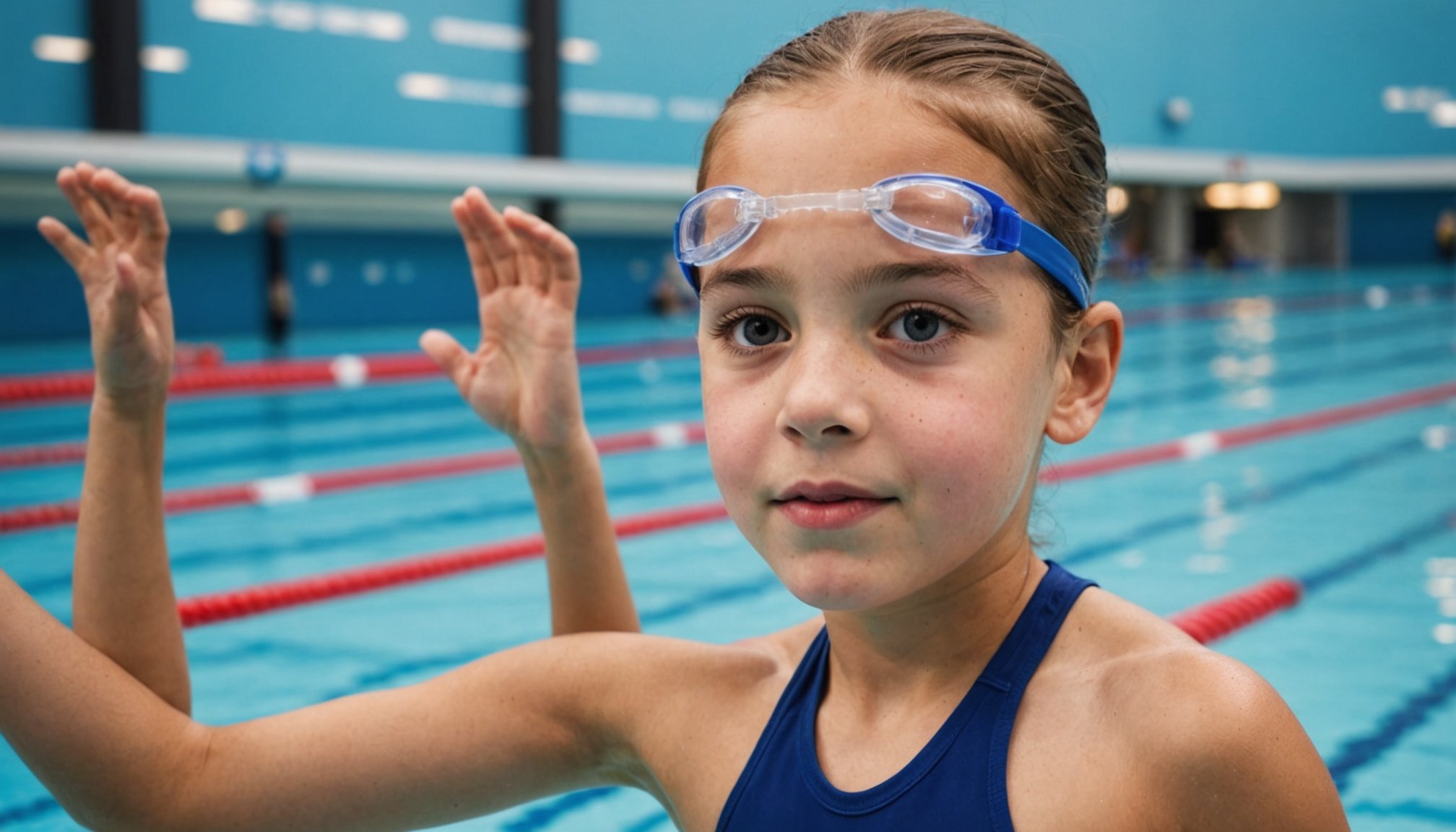Overview of Swimming as Asthma Management for UK Children
Swimming has long been recognized as a beneficial activity in asthma management UK, especially for children’s health. Its unique environment—humid air and low allergen exposure—makes swimming an ideal exercise for young patients with asthma. Engaging in regular swimming sessions can improve lung function, reduce asthma symptoms, and enhance overall respiratory fitness.
For children suffering from asthma, managing triggers and maintaining good lung capacity is crucial. Swimming offers a low-impact way to develop endurance without overexerting the respiratory system. In the UK, where asthma prevalence in children is notably high, promoting swimming supports proactive asthma management UK strategies.
Have you seen this : How can UK residents use public parks for effective weight loss workouts?
Moreover, consistent swimming practice helps build confidence in children to manage their condition in daily life. While general exercise can sometimes worsen symptoms, the controlled environment of swimming pools typically reduces the risk of attacks, aligning well with asthma care protocols.
Encouraging swimming aligns with public health goals to improve children’s health through active lifestyles. Swimming is more than a sport—it becomes a practical therapeutic tool, contributing positively to asthma symptom control and quality of life for young people across the UK.
In parallel : What UK health initiatives promote weight loss and slimness?
Scientific Evidence and Expert Opinions
Swimming is often recommended for children with asthma due to scientific studies showing its potential benefits in improving respiratory function. Multiple pediatric asthma research reports highlight how controlled exposure to humid, warm air in swimming pools can reduce airway inflammation and improve lung capacity. These findings support the idea that swimming is a low-impact, effective exercise for asthma management.
According to UK guidelines asthma protocols, performing regular physical activity—particularly swimming—is encouraged for young patients. This aligns with advice from leading UK asthma specialists, who emphasize the importance of exercise in strengthening the respiratory muscles without triggering symptoms. They also underscore close monitoring during activity to ensure safety.
National guidelines on physical activity for children with asthma endorse swimming as an accessible sport option that helps improve overall health and quality of life. These guidelines advocate tailored exercise programs based on individual tolerance and asthma severity, ensuring beneficial yet safe participation. Consequently, ongoing dialogue between healthcare providers, families, and schools remains essential to optimize asthma care through informed physical activity choices.
Core Benefits of Weekly Swimming for Children with Asthma
Swimming offers significant asthma improvement by enhancing lung function in children. The warm, humid air around pools helps reduce airway irritation, easing respiratory symptoms common in asthma. Regular sessions promote stronger respiratory muscles, increasing overall lung capacity. This can lead to fewer asthma attacks and a decrease in medication reliance.
Beyond physical health, swimming benefits children’s overall fitness by building endurance and muscle strength without harsh impact on joints or airways. The controlled breathing techniques used in swimming contribute to better breath control and respiratory efficiency, which are crucial for managing asthma. These improvements often boost a child’s confidence and encourage active participation in sports and social activities, enhancing emotional well-being.
Compared to other forms of exercise, swimming stands out for its gentle but effective impact on child respiratory health. High-intensity or dry-air activities can sometimes trigger asthma, while swimming’s humid environment and rhythmic breathing reduce such risks. This makes swimming an excellent choice for children with asthma seeking a safe, enjoyable way to stay active.
Parents considering exercise options for asthma management can explore swimming programs tailored for young children to maximize these specific health benefits.
Addressing Safety Concerns and Barriers
Swimming offers great benefits, but asthma safety remains a top concern for many parents. Effective management of asthma symptoms during swimming includes using a preventive inhaler about 15 minutes before entering the pool. This reduces the chance of wheezing or shortness of breath triggered by exercise or pool irritants. Parents should ensure their child’s asthma action plan is well understood by swimming instructors and lifeguards.
Chlorine, commonly used in pool environments, can irritate airways and trigger asthma attacks. Minimising risks involves choosing well-maintained pools with balanced chlorine levels and good ventilation. Some children are sensitive to other allergens, like mold or dust, which may also be present around pools; regular pool maintenance and hygiene help reduce these triggers.
Many UK families face barriers like the cost of swimming lessons, limited pool access, and lack of tailored support. Finding community programs offering subsidies or asthma-friendly sessions can ease these challenges. Addressing parental concerns through education about asthma safety and swimming benefits encourages more families to embrace swimming confidently and safely.
Practical Tips for Parents and Caregivers
Starting a swimming routine for children with asthma requires thoughtful planning and parent advice tailored to their specific needs. Begin by consulting with your child’s asthma care team to ensure swimming is a suitable asthma-friendly exercise. These experts can help assess triggers and suggest precautions, such as using a pre-swim inhaler.
Collaborating with swimming instructors who understand asthma is essential. They can adapt lessons and provide a supportive environment that respects your child’s limits, avoiding excessive strain or exposure to chlorinated water that might worsen symptoms.
Consistency is key when building a swimming routine. Begin with short, gentle sessions and gradually increase duration, carefully observing your child’s response. Keep a close eye on breathing patterns, and be ready to pause activities if signs of asthma flare-up appear. Regular communication between parents, caregivers, and healthcare professionals enables timely adjustments for safety and enjoyment.
Incorporating swimming as an asthma-friendly exercise promotes physical health and boosts confidence. With the right parent advice and careful monitoring, swimming can become a rewarding part of your child’s routine, helping them stay active and manage asthma effectively.







